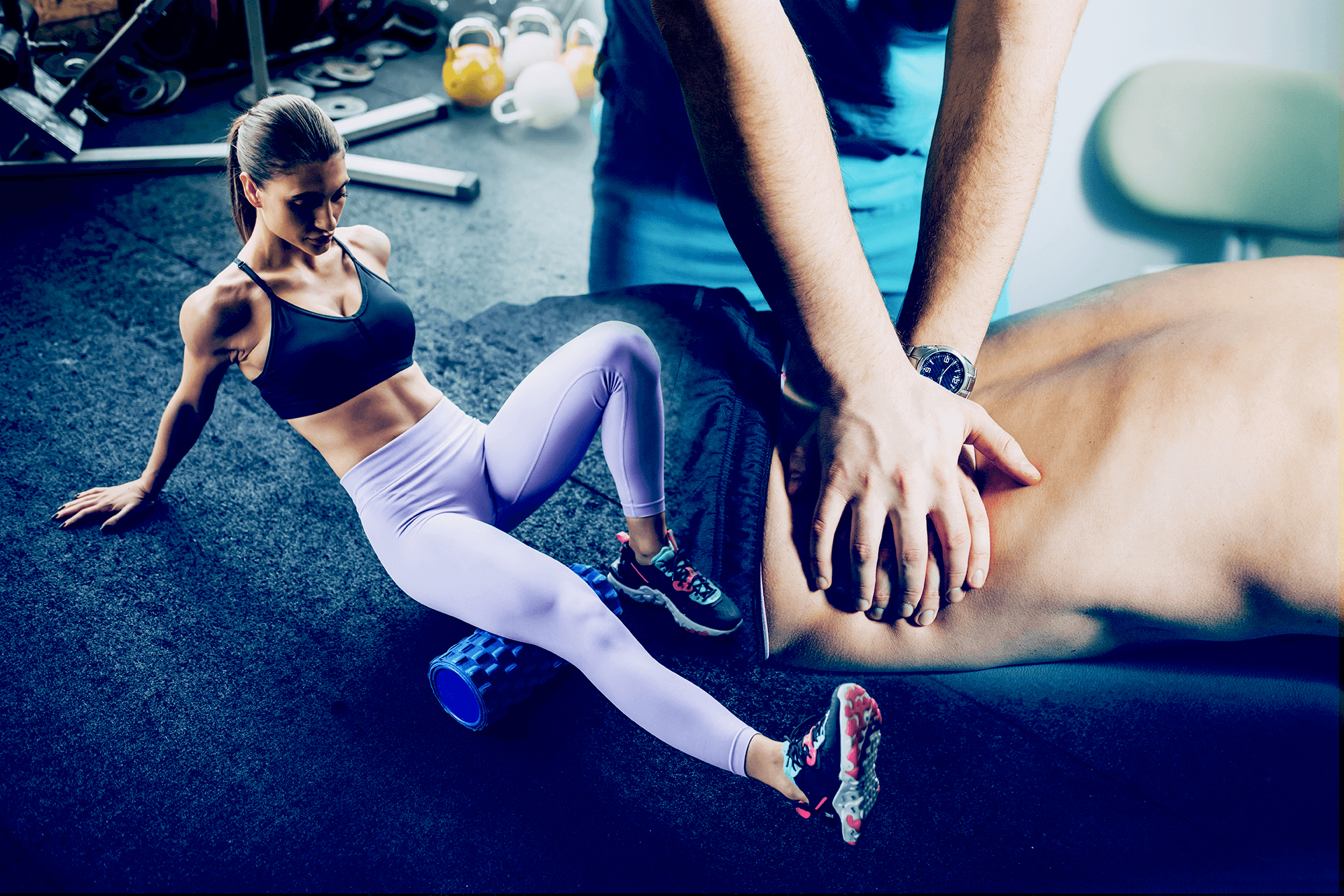Foam rolling versus Manual Therapy: Human versus Foam Roller, the ultimate battle of recovery methods or yet another study showing that neither are anything more than just an extra tool in your recovery toolkit?
Overview
What did they test? The study explored how foam rolling compared to manual therapy for post-exercise recovery in jump athletes.
What did they find? Foam rolling was better than manual therapy for increasing dynamic balance post-exercise and both foam rolling and manual therapy resulted in a reduction of perceived fatigue versus passive rest.
What does it mean for you? Foam rolling may be a viable alternative to manual therapy when looking to aid post-exercise recovery although the effect of both modalities on recovery are mostly likely minimal.
What’s the Problem?
Foam rolling versus manual therapy: which is the better recovery method for athletes?
We’ve already covered foam rolling’s effects on ROM as well as made reference to it in some of our recovery methods reviews. Foam rolling is a widely used mobility, warm-up and recovery tool =that has gained popularity over the last years. Athletes of all sporting backgrounds have at some point foam rolled while others use it on a daily basis, sometimes pre and post workout. The research on foam rolling and range of motion is positive while some of the overstated claims on its effectiveness for recovery are not really supported by the scientific literature 1. Foam rolling may not be an absolute game changer for recovery, but it is still a very easy to use and affordable tool that does not require much training or skill to learn how to use properly.
with some high-level athletes often partaking in multiple manual therapy sessions per month and swearing by them. Manual therapy is a form of physical treatment that is typically utilized by physical therapists and physiotherapists to alleviate musculoskeletal pain. This type of therapy generally involves various techniques such as muscle manipulation, joint mobilization, and joint manipulation and it is not uncommon to often hear how a manual therapy session really made a difference in someone’s recovery and that manual therapy is a potentially next-level addition to anyone’s recovery toolkit.
Previous research has shown that manual therapy can improve balance and flexibility, decrease soreness and inflammation as well as help athletes relax 2. Contrastingly to foam rolling, manual therapy requires a trained therapist to perform it, which comes with a significantly higher cost than just purchasing a foam roller. Additionally, manual therapy is not as accessible as foam rolling as it requires scheduling and is not something that you can just take with you when you’re traveling, unless you’re absolutely balling and can afford to have your own personal therapist travel with you everywhere you go #motivation #grindset.
Despite foam rolling being as popular as it is, there is not much, if any research directly comparing it to manual therapy for recovery, flexibility and other outcomes in athletes.
This study by Espi-Lopez et al is one of the first studies to directly compare the two modalities! Let’s have a closer look at what they did and found.
Purpose & Hypothesis
The aim of this study was to compare the effects of foam rolling versus manual therapy on flexibility, dynamic balance and dynamic force in athletes following a high-intensity exercise session. The authors did not formally state a hypothesis.







